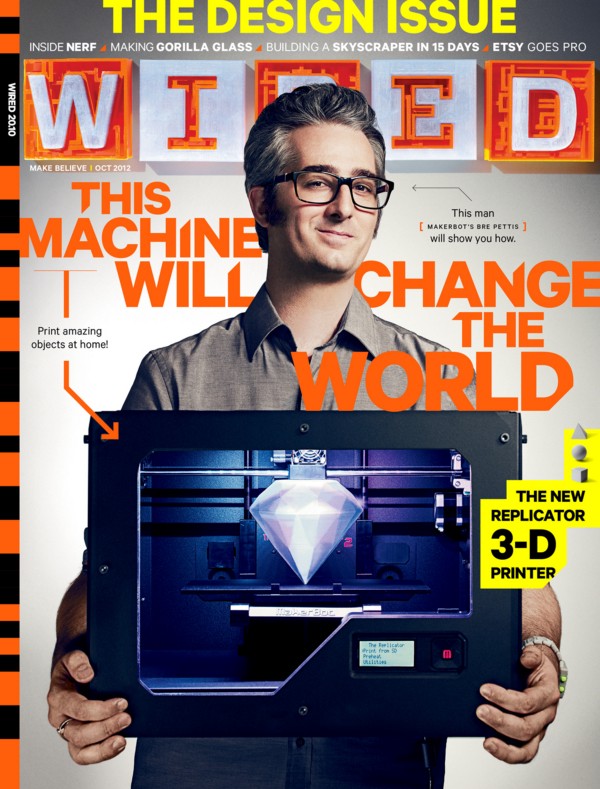Understanding Air Filtration Systems for Your Manufacturing Facility
Save Your Manufacturing Business by Giving Employees Ownership Opportunities
Growing Data Demand to Drive Digital Factory Market to US$111 billion in 2026
The Industrial Internet Consortium Announces the Optimizing Manufacturing Processes by Artificial Intelligence Testbed
The industry that will surpass Cybersecurity and reach $214 billion by 2023
HP Showcases Growth in High-Volume 3D Printing Deployments and Breakthrough Applications for Manufacturing
Revolutionizing the IIoT Industry One Streetlight at a Time
The Rise and Fall of the Everyman Tycoon
China Adopts Cybersecurity Law Despite Foreign Opposition
Metamaterial Mechanisms
2100 Animated Mechanical Mechanisms
OpenKnit: Open Source Digital Knitting
Industry 4.0 breathes new life into cybersecurity
Printed Perforated Lampshades for Continuous Projective Images
MIT Food Computers
Records 16 to 30 of 72
First | Previous | Next | Last
Featured Product











